Circuit Description
The EGR valve is controlled by a brushless motor located on top of the EGR valve. The EGR valve motor uses three different motor legs to move the valve through its range of motion. The engine control module (ECM) uses the EGR motor A, B, and C wires to command the EGR valve to the appropriate position in order to meet EGR flow targets.
The EGR valve motor contains three position sensors that detect the location of the EGR valve. These sensors report the position of the valve back to the ECM over the EGR valve position A, B, and C wires.
Component Location
The EGR valve location can vary, depending on the engine application.
Conditions for Running the Diagnostics
This diagnostic runs continuously when the engine is operating.
Conditions for Setting the Fault Codes
This fault code is set when the duty cycle required to open the EGR valve is greater than 95 percent for 3 seconds. The fault code is triggered after two failed attempts.
The fault code will be inactive at key ON. It will only go active if the EGR valve is commanded open and the EGR valve is unable to move to the commanded position.
Action Taken When the Fault Code is Active
The ECM illuminates the amber CHECK ENGINE lamp immediately when the diagnostic runs and fails.
The EGR valve controller will wait for 5 seconds after each failed attempt and then try to open the valve again.
Active and stationary regeneration of the diesel particulate filter will be disabled.
The EGR valve will be closed.
Engine torque will be reduced if the engine is operated for an extended period of time with this fault active.
Conditions for Clearing the Fault Code
To validate the repair using a Diagnostic Road Test, utilize a route that incorporates both stop-and-go city driving and steady state highway driving. It may be necessary to load the unit for certain diagnostics in the ECM to run.
To validate the repair using a Chassis Dynamometer Test, utilize a routine that incorporates acceleration and motoring events, steady state highway operation, and load. This will simulate normal driving and allow the diagnostics in the ECM to run.
The fault code status displayed by INSITE? electronic service tool will change to INACTIVE immediately after the diagnostic runs and passes.
The ECM will turn off the amber CHECK ENGINE lamp after the diagnostic runs and passes.
The ?Reset All Faults? command in INSITE? electronic service tool can be used to clear active and inactive faults.
Shop Talk
This fault code is triggered when the EGR valve motor is unable to move the EGR valve in the open position. This is normally caused by a restriction in the EGR valve not allowing the EGR valve to move to the commanded position.
This restriction could be temporary and can be caused by condensation in exhaust gases freezing during cold startups and causing a restriction in the valve to movement which results in high counts of inactive fault codes. EGR valves should only be replaced when following the troubleshooting steps and an active Fault Code 2357 is observed when idling the engine for 1 minute. Do not troubleshoot as an active fault code due to high counts of inactive Fault Code 2357, if these conditions exist, because under the condensation conditions below -7? C [20? F], the ECM will keep logging Fault Code 2357, resulting in a high count of inactive Fault Code 2357. Later ECM calibrations have a provision of de-icing to reduce occurrences of this fault code at cold startups due to the freezing conditions.
The aftertreatment system must be inspected after making the appropriate repair outlined in this fault code troubleshooting tree. Progressive damage to the aftertreatment system may have occurred. Perform the aftertreatment initial check procedure to test for a damaged diesel particulate filter.
Possible Cause:
1) ECM calibration


 AGCO
AGCO ALLISON
ALLISON BENDIX
BENDIX BOBCAT
BOBCAT CAT
CAT CLAAS
CLAAS CNH
CNH DAF
DAF DETROIT
DETROIT EATON
EATON FREIGHTLINER
FREIGHTLINER HINO
HINO HITACHI
HITACHI ISUZU
ISUZU JCB
JCB JOHN DEERE
JOHN DEERE JPRO
JPRO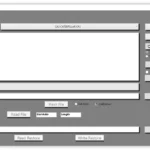 MAGIC TUNER
MAGIC TUNER MAN
MAN Navistar
Navistar PACCAR
PACCAR PERKINS
PERKINS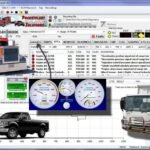 PF DIAGNOSE
PF DIAGNOSE PSI POWERLINK
PSI POWERLINK RENAULT
RENAULT SCANIA
SCANIA THERMO KING
THERMO KING UD NISSAN
UD NISSAN VOLVO
VOLVO WABCO
WABCO ZF TESTMAN
ZF TESTMAN
 BELL
BELL BENDIX
BENDIX BOBCAT
BOBCAT CARRIE
CARRIE DAF
DAF DETROIT
DETROIT EATON
EATON FUSO
FUSO MACK
MACK
 Cumminz
Cumminz ISB4.5 CM2150
ISB4.5 CM2150 All Engines (2017 Emissions)
All Engines (2017 Emissions) PACCAR
PACCAR
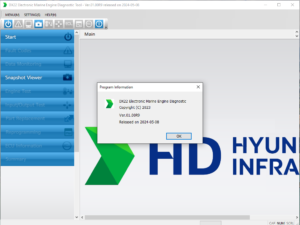
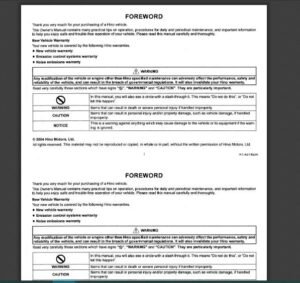



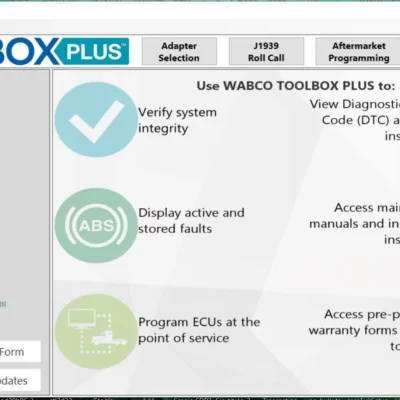

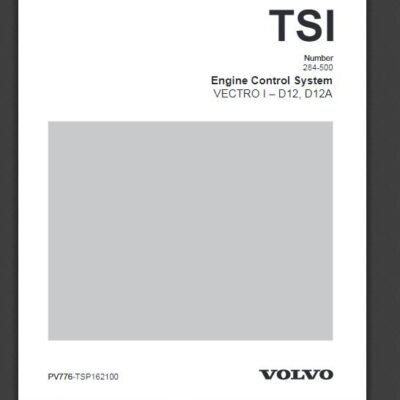

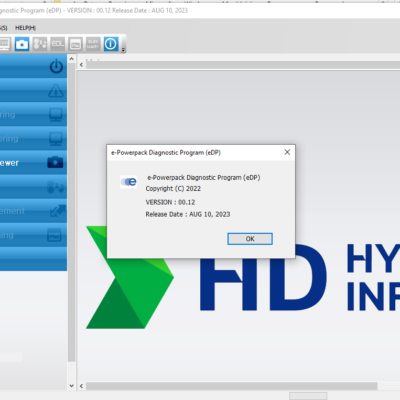
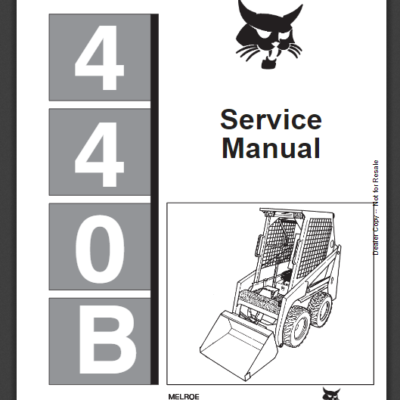
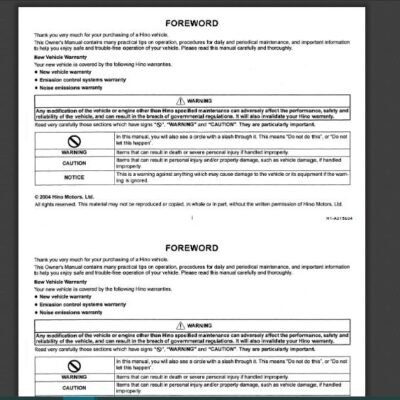
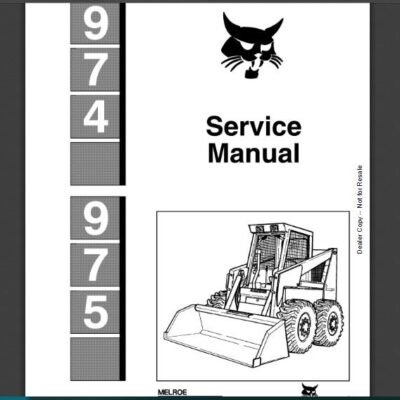
![The Doosan Diagnostic Tool DX22 Electronic Marine ECU Analyzer 01.00R5 [2024.03] is designed for optimal engine performance in marine applications. This tool offers advanced diagnostic capabilities and is compatible with a variety of marine engines. It plays a crucial role in maintaining and managing engine health. The latest version includes features that enhance connectivity and user experience, making it a valuable asset for marine operators and technicians.](https://ecmtrucks.com/wp-content/uploads/2024/08/DOOSAN-DIAGNOSTIC-TOOL-DX22-ELECTRONIC-MARINE-ECU-ANALYZER-01.00R5-2024.03-400x400.png)

Reviews
Clear filtersThere are no reviews yet.